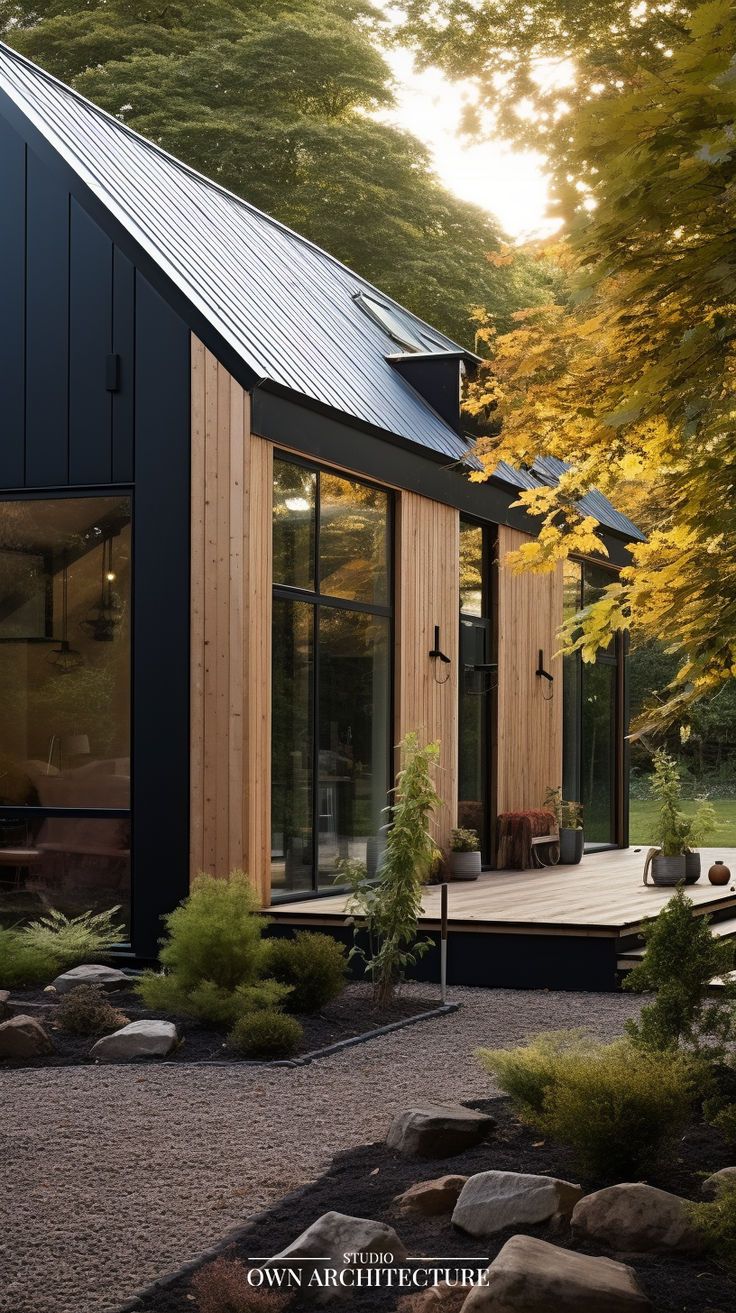
Exterior lighting design plays a crucial role in enhancing the aesthetic appeal and functionality of outdoor spaces, whether it’s a residential property, commercial building, or public area. It not only helps to create a welcoming atmosphere but also improves safety and security. When planning an exterior lighting design, several factors need to be considered, such as the purpose of the lighting, the layout of the space, and the style of the architecture. Different types of lighting fixtures, such as path lights, wall lights, and spotlights, can be strategically placed to highlight architectural features, illuminate pathways, and create ambiance. It is important to strike a balance between illuminating key areas and avoiding light pollution or glare. LED technology has become increasingly popular for exterior lighting design due to its energy efficiency, durability, and versatility. Overall, a well-thought-out exterior lighting design can transform an outdoor space into a visually pleasing and functional environment for both residents and visitors.
Proper exterior lighting design plays a vital role in enhancing the overall look and feel of any building or outdoor space. Carefully planned lighting can highlight architectural features, create a welcoming ambiance, and improve the safety and security of the property. When designing exterior lighting, it is essential to take into account factors such as the layout of the space, the desired atmosphere, and the functionality of the lighting fixtures.
One important aspect of exterior lighting design is choosing the right type of fixtures for the space. Wall sconces, floodlights, path lights, and string lights are just a few examples of the many options available. Each type of fixture serves a different purpose and can create a unique lighting effect. For example, wall sconces can add a touch of elegance to an outdoor patio or entryway, while floodlights can illuminate a large area, such as a driveway or garden. By carefully selecting the appropriate fixtures, designers can achieve the desired lighting effects and enhance the overall aesthetic of the space.
Another key consideration in exterior lighting design is creating a layered lighting scheme. This involves using a combination of different types of fixtures to provide both ambient and task lighting. Ambient lighting helps to create a warm and inviting atmosphere, while task lighting is focused on specific areas, such as pathways or outdoor seating areas. By incorporating both types of lighting into the design, designers can ensure that the space is well-lit and functional. Additionally, using a variety of fixtures and light sources can add depth and dimension to the space, making it more visually appealing.
 Decoration Ideas
Decoration Ideas










